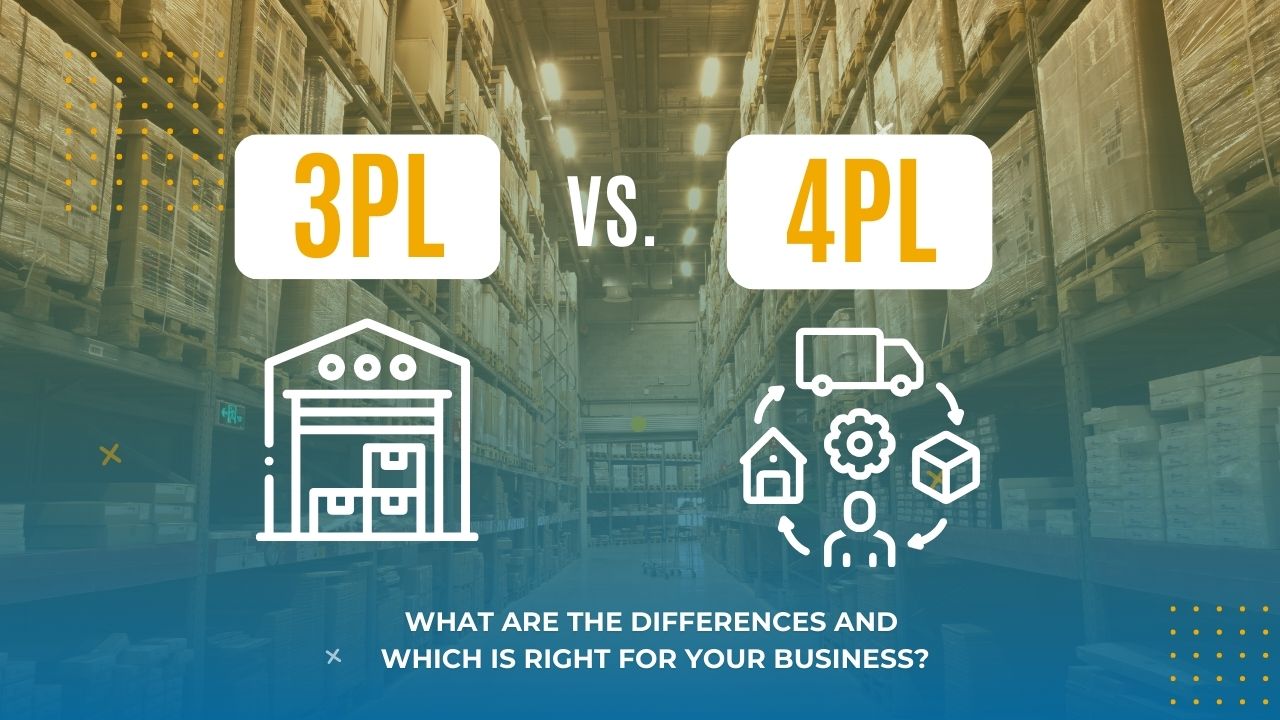
As your eCommerce business grows, you might encounter terms like 3PL and 4PL when researching fulfillment solutions.
So what is the difference between
3PL vs 4PL?
In short, a third-party logistics (3PL) provider handles the day-to-day operations of order fulfillment, warehousing your products, picking & packing orders, shipping, and often handling returns and customer service.
A fourth-party logistics (4PL) provider, on the other hand, takes a higher-level role by managing your entire supply chain from end to end. Think of a 3PL as the team executing the shipping of your orders, and a 4PL as the general contractor overseeing and optimizing all the moving parts of your supply chain (often coordinating multiple 3PLs and carriers).
3PL vs 4PL – Quick Comparison
|
Aspect |
3PL (Third-Party Logistics) |
4PL (Fourth-Party Logistics) |
|
Scope of Services |
Handles specific logistics functions: warehousing, order fulfillment, and shipping. |
Manages the entire supply chain from procurement to last-mile delivery; oversees multiple providers. |
|
Role & Relationship |
Tactical, service-focused vendor relationship; executes day-to-day logistics tasks. |
Strategic partner/integrator; single point of contact that coordinates and optimizes the whole supply chain. |
|
Asset Ownership |
Often owns assets like warehouses, trucks, fulfillment centers, and staff. |
Typically non-asset-based; leverages and manages 3PLs and other providers using technology and oversight. |
|
Control & Responsibility |
Client retains control of overall supply chain, while outsourcing parts of it to 3PLs. |
4PL takes high-level control and responsibility for supply chain strategy and operations across all providers. |
|
Ideal Client & Scale |
Best for small to mid-sized eCommerce businesses wanting to outsource fulfillment but keep oversight. |
Best for larger enterprises with complex, global, or multi-layered supply chains needing integration and optimization. |
What’s a 3PL, Really?
Short version? A 3PL (third-party logistics provider) ships your stuff so you don’t have to.
Slightly longer version: you send your inventory to a warehouse run by someone else. When customers place orders, that team picks, packs, and ships everything out. They handle returns, too. That’s the core of it.
It’s basically like having your own fulfillment department, just not in your building. Or your garage.
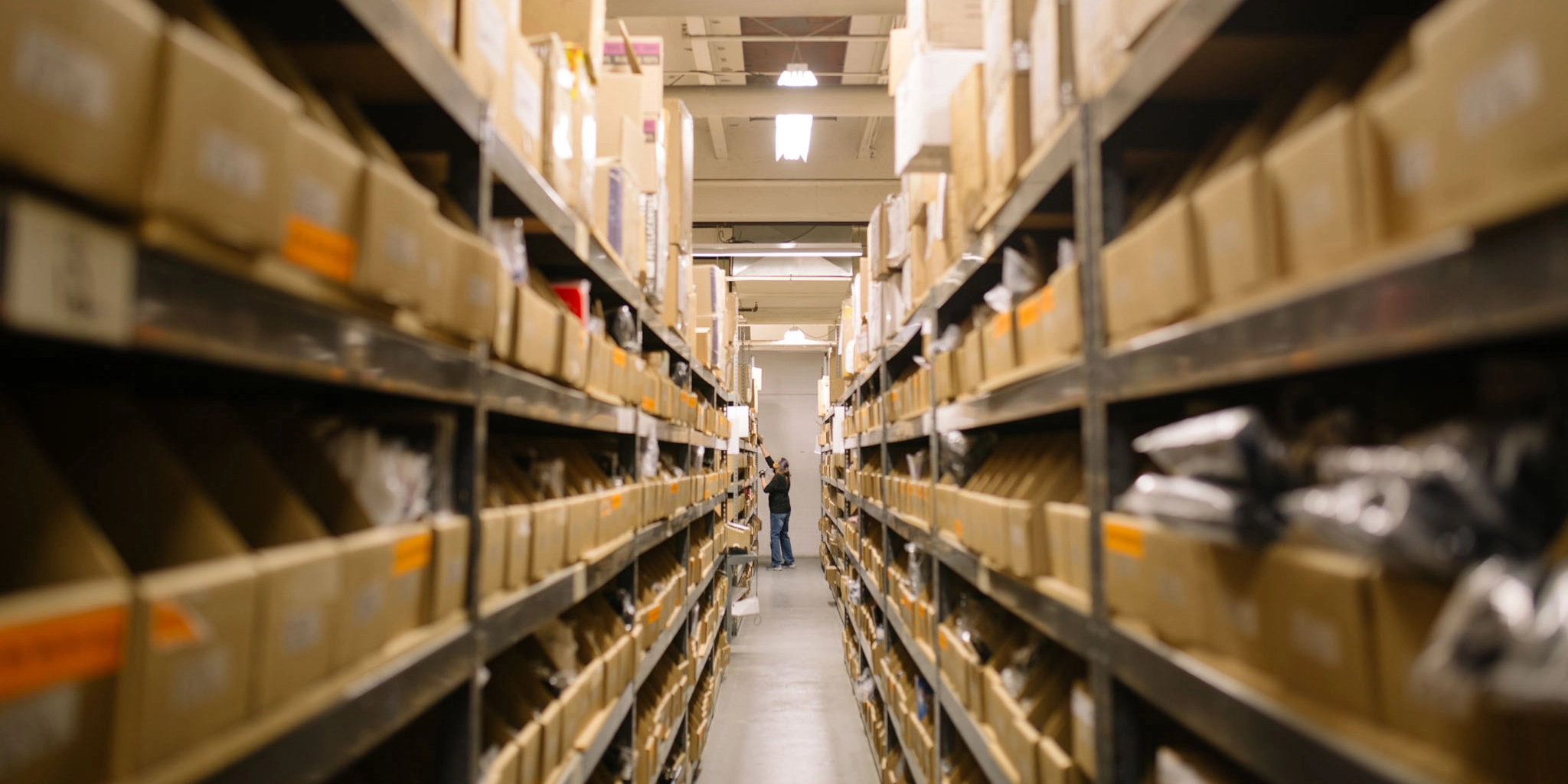
So What Do They Actually Do?
Most 3PLs (like eFulfillment Service) cover a few big pieces:
- Inventory storage – your products live in their warehouse.
- Order fulfillment – they pick and pack your orders.
- Shipping – they print the labels and ship stuff out using carriers like UPS, USPS, or FedEx.
- Returns – they inspect, restock (if possible), or toss damaged items.
And because they ship in bulk, 3PLs often get better rates. Some, like us, pass those savings on to you.
You’ll usually get a dashboard, too. Something to help you keep tabs on orders, stock levels, and shipping activity without needing to be in the warehouse.
Why Do Sellers Use One?
Because at some point, doing it all yourself stops making sense.
A good 3PL gives you time back and cuts shipping costs. No hiring warehouse staff. No printing labels at midnight. No panicking when five people order the same thing and you only have three left.
It’s also easier to grow. You can start small, just one warehouse, and scale up if orders start pouring in.
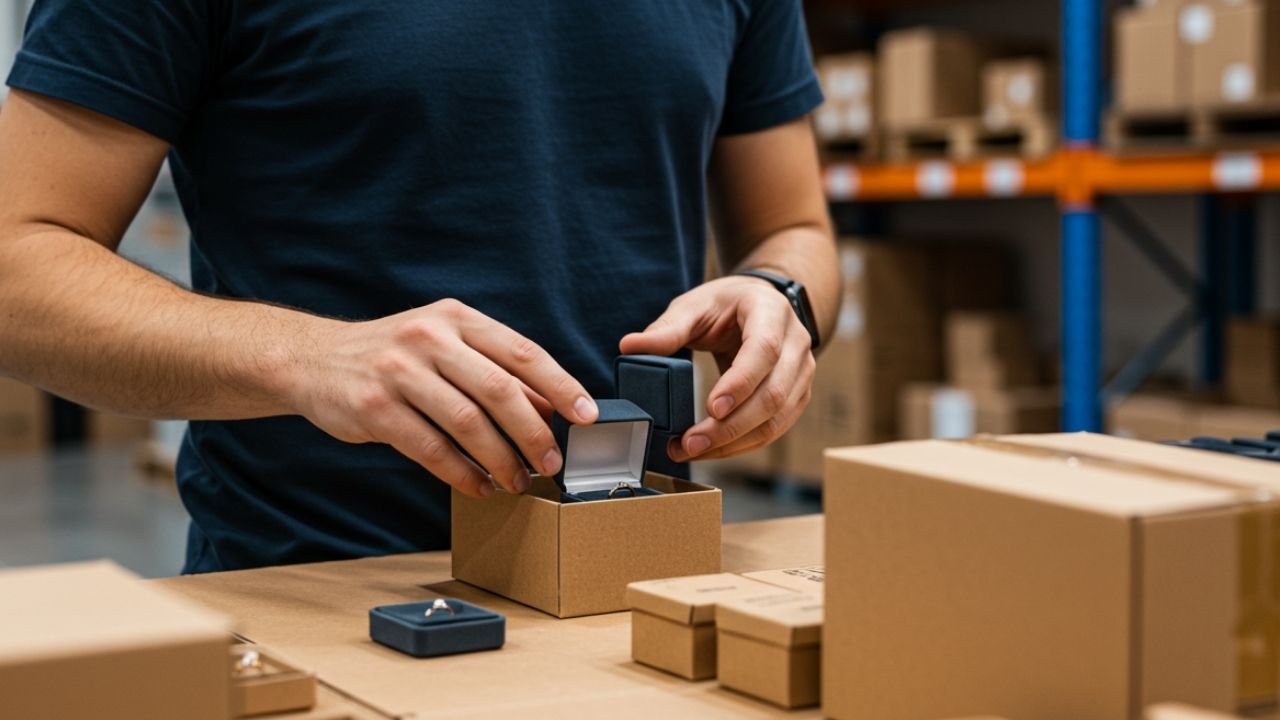
Quick Heads-Up
Not every 3PL is built for smaller brands. Some expect huge order volumes or long-term contracts right out of the gate.
Look for one that works with where you are now, not where they think you should be. (No shade, but not every provider is flexible.)
eFulfillment Service, for example, works with growing eCommerce shops. No setup fees. No minimums. No year-long lock-ins. Just straightforward support that fits your actual needs.
Thinking About It?
If fulfillment is starting to take over your day (and your dining room), we should talk.
Request a free quote from eFulfillment Service.
What’s a 4PL, Then?
If a 3PL is the crew shipping your stuff, a 4PL is the one managing all the crews.
A fourth-party logistics provider doesn’t just fulfill orders. They step back and run the entire supply chain, from manufacturing and freight to warehousing and delivery. You’re not just outsourcing tasks; you’re outsourcing the orchestration.
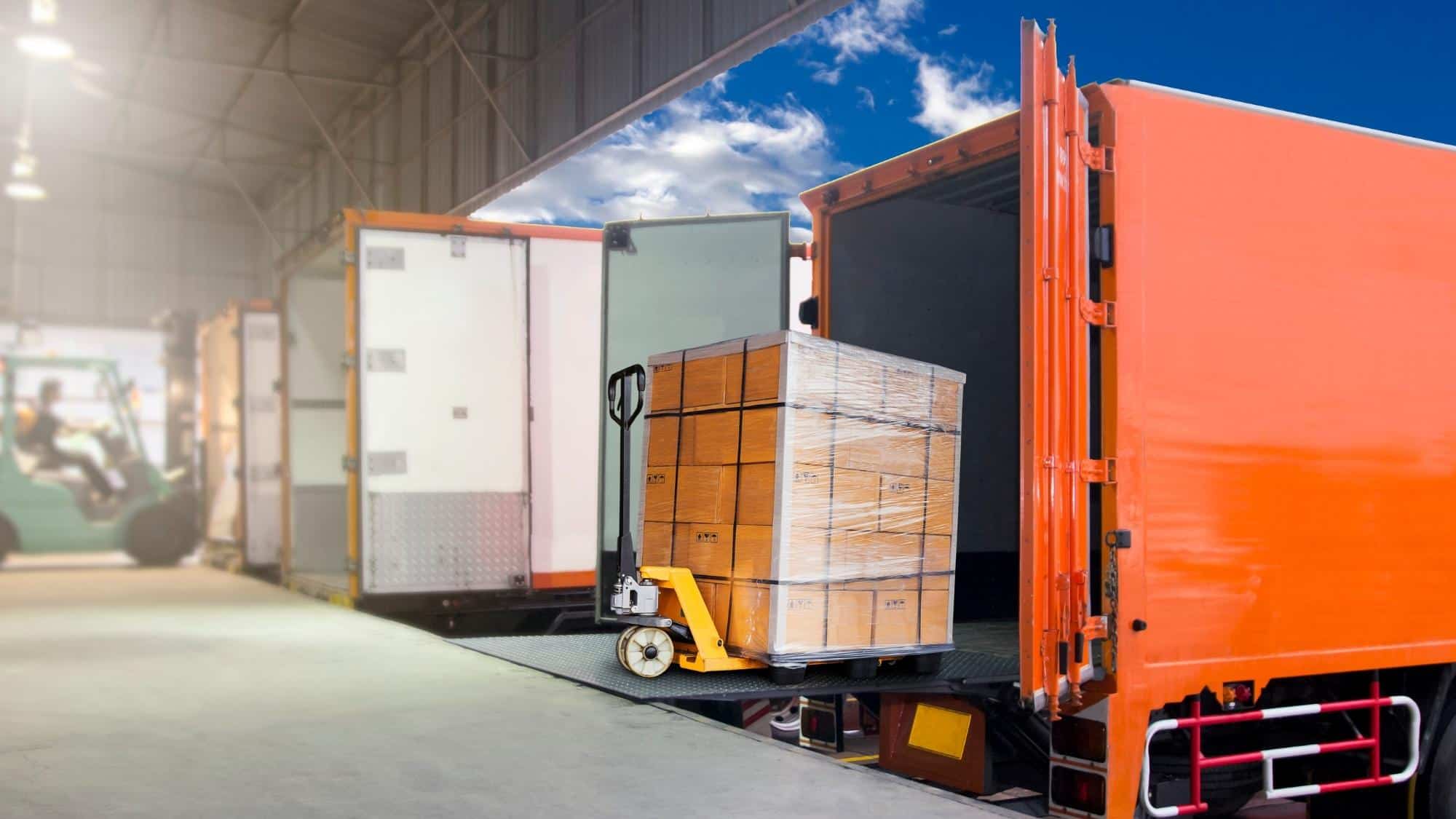
How’s That Different from a 3PL?
Let’s say your product is made in Vietnam. A 3PL might store it and ship it when orders roll in.
A 4PL? They’ll coordinate with your manufacturer, handle freight across the ocean, work with multiple 3PLs across different U.S. regions, and still make sure your customer in Ohio gets their order on time. You deal with one contact the 4PL. They handle the rest.
No more juggling vendors, chasing down tracking updates, or managing contracts with three different carriers. The 4PL does all that so you don’t have to.
What Do They Actually Manage?
- Big-picture logistics – not just shipping, but strategy.
- Multiple vendors – they might subcontract different 3PLs in different regions.
- Technology – most 4PLs use advanced tracking, data tools, and dashboards.
- Cost optimization – they’re looking for long-term efficiencies, not just quick wins.
And usually, 4PLs don’t own trucks or warehouses themselves. That’s kind of the point, they stay flexible. They pick partners based on what’s best for you, not based on what they happen to own.
Managing Shipping doesn’t have to be a hassle.
Partnering with a 3PL like eFulfillment Service means you can focus on growing your business while we handle the details. Request a Free Quote Today!
So Who Needs a 4PL?
Not everyone.
If you’re a small-to-mid-sized eCommerce brand, a solid 3PL is probably enough. But if you’re shipping internationally, working with multiple factories, or growing so fast you’re losing visibility into how everything’s moving, a 4PL can help you get your arms around it.
This model tends to make the most sense for enterprise-level or rapidly scaling businesses with complex operations. Otherwise, it can feel like too many layers and too much cost.
TL;DR?
A 3PL ships your orders.
A 4PL manages the entire logistics ecosystem, including the 3PLs.
It’s like hiring a conductor instead of just the drummer.
Still trying to figure out which setup makes sense for your business? Stick around—we’ll break down how to choose the right model next.
Lower Your Fulfillment Costs with Smarter Fulfillment.
Partner with eFulfillment Service to move inventory faster and free up cash flow. We help Start-Ups optimize operations so products don’t sit on shelves. Request a Free Quote today!
3PL or 4PL? Here’s How to Choose.
This isn’t about which one’s “better.” It’s about which one makes sense for where your business is right now.
Most small to mid-sized eCommerce brands stick with a 3PL—and for good reason. It gives you the core logistics support you need (inventory storage, picking, packing, shipping) without the added cost or complexity of bringing in a logistics manager-for-hire.
You still call the shots on sourcing, product decisions, and business strategy. The 3PL just handles the heavy lifting—literally.
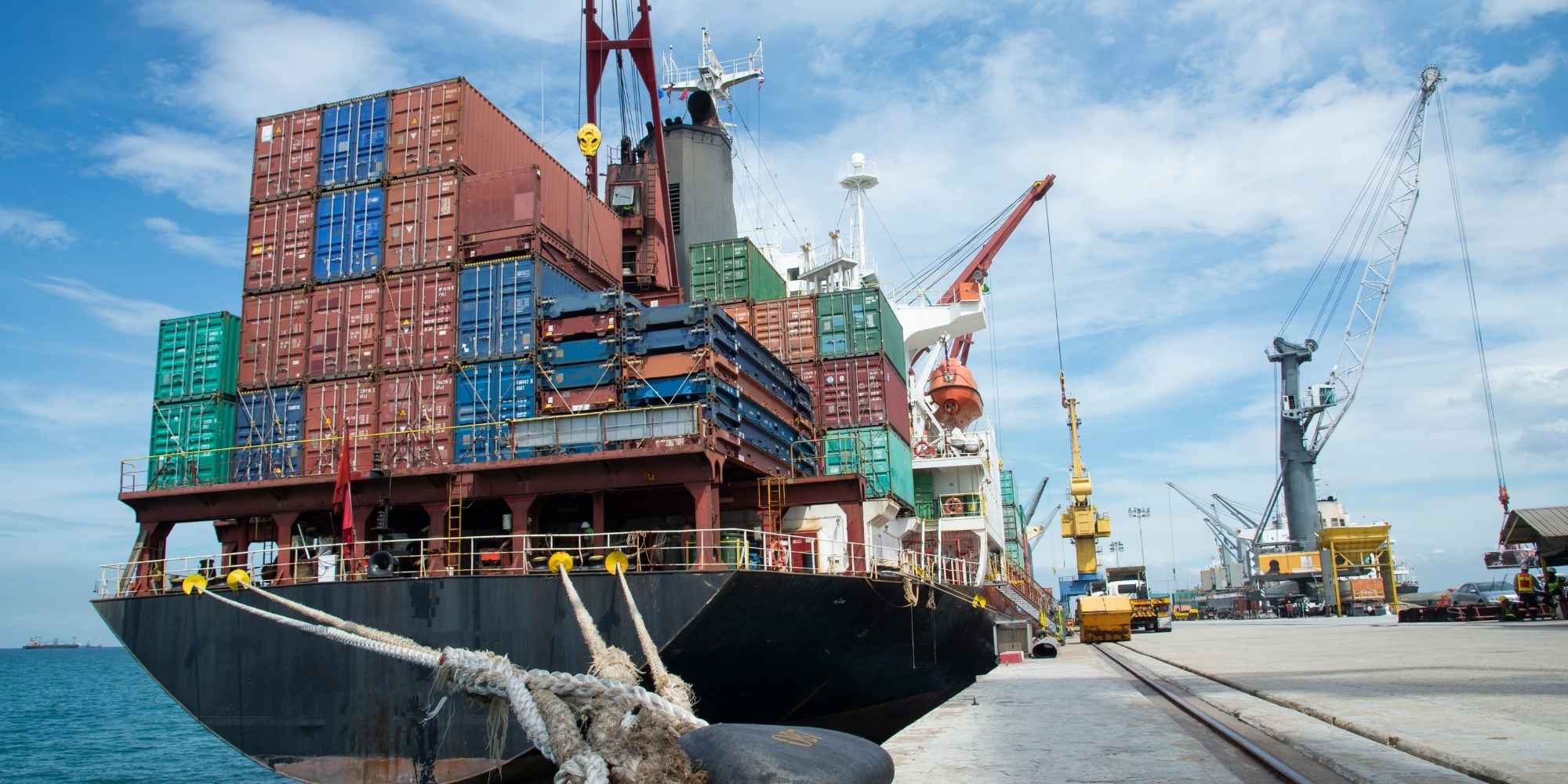
When a 4PL Might Make More Sense
Now, if your supply chain looks more like a flowchart than a checklist—multiple factories, multiple 3PLs, overseas freight, third-party carriers—you might be entering 4PL territory.
That’s where having one partner manage everything can actually save time and money. A 4PL can bring it all under one roof (figuratively), help you negotiate better rates, and maybe even plug you into smarter warehouse placements and shipping routes.
But keep in mind: 4PLs aren’t cheap. You’re paying for strategy, oversight, and coordination. The savings have to outweigh the fees—or it’s just another layer.
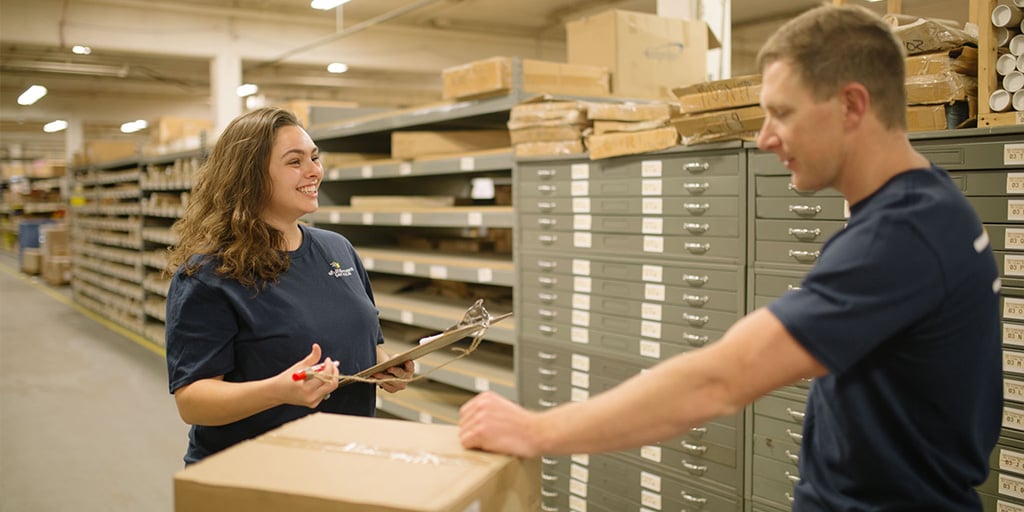
Start Simple, Then Scale
For most growing brands, starting with a solid 3PL is the way to go. The right one will grow with you. Some even offer freight services, kitting, and international help when you’re ready.
Honestly, a good 3PL can start to feel like part of your internal team—just without the HR paperwork.
And if things get complicated later? You can always reevaluate. Either bring in a supply chain manager in-house or look at a 4PL to centralize everything. But until then, keep it lean.
Quick Gut Check
Ask yourself:
- Are you overwhelmed by shipping or by supply chain chaos?
- Do you need help getting orders out or managing vendors, freight, and global logistics?
If it’s the former, go 3PL.
If it’s the latter, maybe talk to a 4PL, but only if the complexity (and budget) truly justifies it.
Summary & Key Takeaways:
Understanding the differences between 3PLs and 4PLs is an important step in selecting the right fulfillment solution for your eCommerce business. In summary, a 3PL provides the hands-on services to store and ship your products, acting as an operational partner, whereas a 4PL provides high-level management of your supply chain, acting as a strategic partner coordinating multiple moving parts. Many growing brands find that a trusted 3PL offers the perfect balance of expertise, cost savings, and flexibility. By outsourcing fulfillment to a 3PL, you can save time, reduce shipping costs, and improve your customer experience – all without surrendering the overall control of your business strategy.
If you’re an eCommerce seller looking to take the next step with a fulfillment partner, it’s crucial to choose a 3PL that aligns with your needs. Look for a provider with experience supporting growing online retailers, transparent pricing, and scalability. For instance, avoid 3PLs that impose high minimum order volumes or long contracts if you’re just starting out. Instead, seek out a 3PL that is small-business friendly and capable of growing with you.
eFulfillment Service is an example of a 3PL built to support growing eCommerce brands. We pride ourselves on being entrepreneur-friendly – with no setup fees or order minimums – and on offering personal, hands-on service to our clients. With our U.S.-based fulfillment center, advanced inventory management technology, and a track record of helping online sellers succeed, we position ourselves as a strong 3PL option for businesses that want reliability and room to grow.
Ready to talk fulfillment solutions? The team at eFulfillment Service is happy to help answer questions and set you up for fulfillment success. Here’s to fewer headaches and more growth ahead!



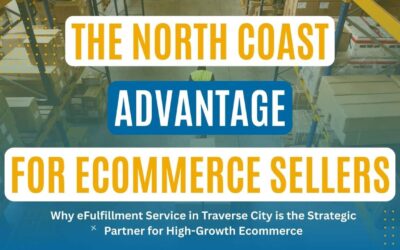
0 Comments